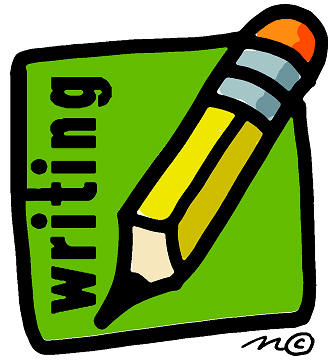CALL (computer assisted language learning)
Computer-Assisted Language Learning: Current Programs and Projects
Chris Higgins, Gallaudet University
For many years, foreign language teachers have used the computer to provide supplemental exercises. In recent years, advances in computer technology have motivated teachers to reassess the computer and consider it a valuable part of daily foreign language learning. Innovative software programs, authoring capabilities, compact disk technology, and elaborate computer networks are providing teachers with new methods of incorporating culture, grammar, and real language use in the classroom while students gain access to audio, visual, and textual information about the language and the culture of its speakers.
Computer-Based Foreign Language Programs
For many years, basic drill-and-practice software programs dominated the market in computer-assisted language learning (CALL). These programs focused on vocabulary or discrete grammar points. A vast array of drill-and-practice programs are still available; in addition, however, an increasing number of innovative and interactive programs are being developed. Simulation programs, while reinforcing grammar points, present students with real-life situations in which they learn about the culture of a country and the protocol for various situations. For example, the Ticket series by Bluelion Software and Recuerdos de Madrid from D.C. Heath are simulations that provide country-specific situations in a task-based format. PC Globe and encyclopedia-type programs are information programs that allow students to conduct research in the target language. Games such as the foreign language versions of Where in the World Is Carmen Sandiego? by Brøderbund Software orTrivial Pursuit from Gessler publishers provide an entertaining environment for students to learn culture and the target language through problem-solving and competition. Writing assistants, like Salsa and Système-D (Davis, 1992; Garrett, 1991) aid students in writing compositions in the target language by providing help in grammar, style, and verb conjugation and use (Willetts, in press).
More information: http://www.cal.org/resources/digest/higgin01.html





.jpg)
.jpg)
.jpg)